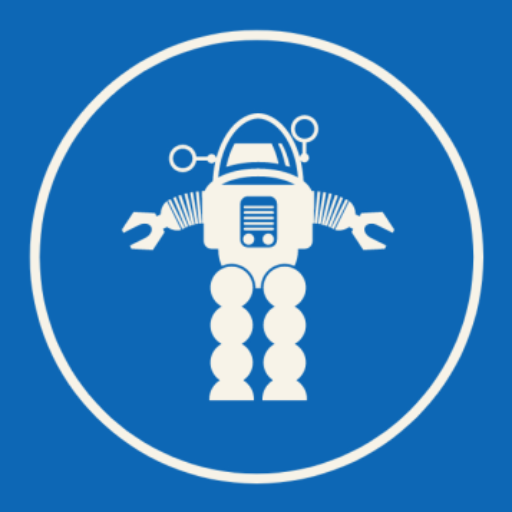Latest from MIT : Using sound to model the world
Imagine the booming chords from a pipe organ echoing through the cavernous sanctuary of a massive, stone cathedral. The sound a cathedral-goer will hear is affected by many factors, including the location of the organ, where the listener is standing, whether any columns, pews, or other obstacles stand between them, what the walls are made…
